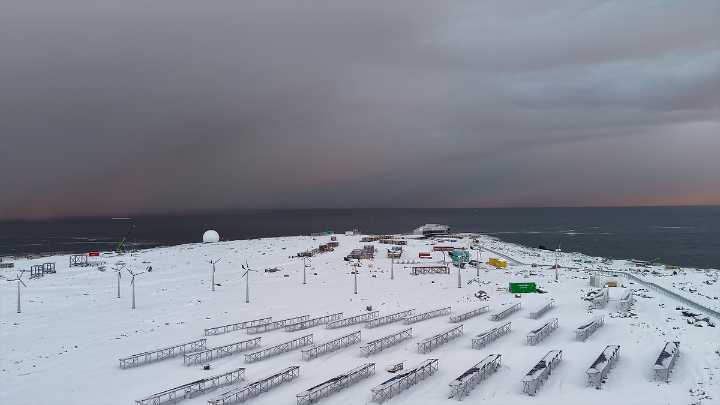Five years ago electrical engineer Sun Hongbin was given what many would consider an impossible task: build a full-fledged clean-energy system amid some of the coldest temperatures on Earth, screaming winds and half-year darkness.
China was then building its fifth Antarctic research station, called Qinling, on Inexpressible Island in Terra Nova Bay. And the nation’s government was pushing the concept of “green expeditions” to protect Antarctica’s uniquely fragile environment while studying and surveying the continent. “So having a system that would provide the bulk of Qinling’s energy with renewable power fit that goal,” Sun says.
But conventional solar and wind installations are no match for temperatures that plummet below –40 degrees Celsius, winds of up to 300 kilometers per hour (kmh

 Scientific American Health
Scientific American Health

 The radio station 99.5 The Apple
The radio station 99.5 The Apple KLCC
KLCC Raw Story
Raw Story Aljazeera US & Canada
Aljazeera US & Canada ABC News Video
ABC News Video NBC 7 San Diego Sports
NBC 7 San Diego Sports AlterNet
AlterNet